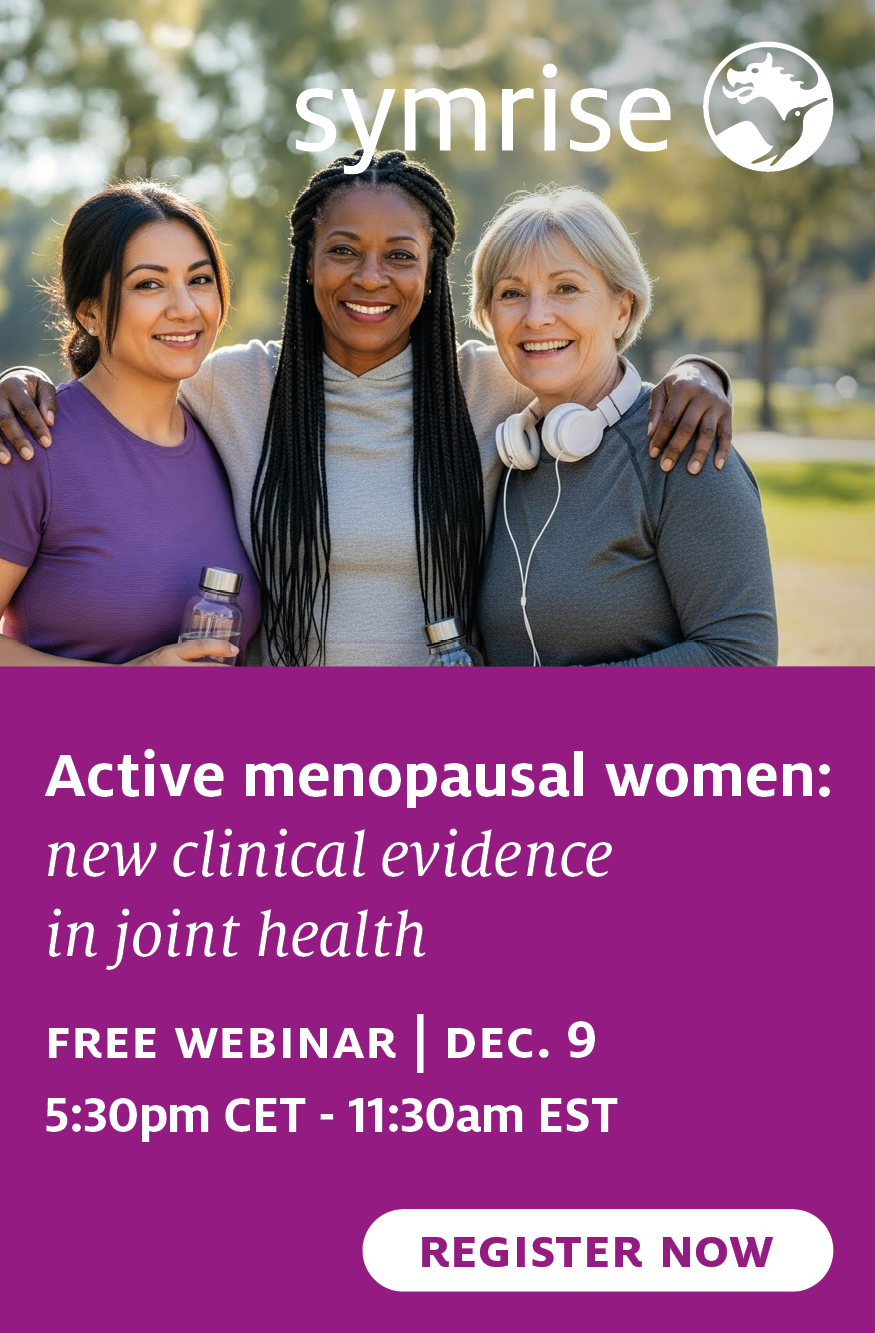SCCS opinion: Is total exposure to Vitamin A in cosmetics and food safe?

28 Nov 2022 --- The Scientific Committee on Consumer Safety (SCCS) has shared its revised opinion on vitamin A – retinol, retinyl acetate and retinyl palmitate – used in cosmetics and supplements to support skin health, cell growth and immunity.
The scientific body concludes that the overall exposure to vitamin A in cosmetics at concentrations of 0.05% Retinol Equivalent (RE) in body lotion is safe. Also, 0.3% RE for other leave-on and rinse-off products is safe.
However, to the question of safety from “overall or total exposure,” SCCS says it cannot draw a conclusion. This is due to the inconsistencies the committee found in studies.

Exceeding the upper limit
As vitamin A can be applied to the skin for cosmetic purposes and consumed for health benefits via supplements or food, the total exposure to the ingredient is difficult to determine. As vitamin A can be applied to the skin for cosmetic purposes and consumed for health benefits, the total exposure to the ingredient is difficult to ascertain.
As vitamin A can be applied to the skin for cosmetic purposes and consumed for health benefits, the total exposure to the ingredient is difficult to ascertain.
“The probabilistic assessment regarding the contribution from food and food supplements shows that the exposure to vitamin A of the most exposed consumers (5% of the total population) may already exceed the upper limit,” underscores the SCCS.
However, compared to food, the contribution of vitamin A from cosmetics is lower. Nonetheless, it still adds to the overall exposure to consumers, which can become a concern if they (5% of the population) are highly exposed to vitamin A from food and supplement, adds the scientific body.
“Since cosmetics alone do not exceed the upper limit, the allocation of contributions of different exposure sources is a risk management issue and cannot be addressed at the level of risk assessment,” explains the SCCS.
“Therefore, it is beyond the scope of the SCCS to suggest maximum concentration limits that consider contributions from other sources such as food and supplements.”
Beware of excess
The MSD Manual flags that excess vitamin A causes hair loss, cracked lips, dry skin, weakened bones, headaches and elevations of blood calcium levels.
Moreover, the National Library of Medicine (NIH) explains that vitamin A toxicity can occur via topically or orally. “Oral vitamin A toxicity can be acute or chronic. In acute toxicity, ingestion occurs because of the ingestion of a large amount of vitamin A over a short period of time. In chronic toxicity, intake is over a longer duration.”
A common adverse effect of topical retinoid is skin irritation – erythema and peeling. Severe cases of retinoids can cause teratogenicity – defects in fetus development. A common adverse effect of topical retinoid is skin irritation – erythema and peeling.
A common adverse effect of topical retinoid is skin irritation – erythema and peeling.
“Each year, in the US alone over 60,000 cases of vitamin toxicity are reported. Unlike the water-soluble vitamins, the fat-soluble vitamins tend to accumulate in the body,” shares the NIH.
Retinol in the spotlight
In other industry developments regarding retinol, Clariant launched VitiSpheres R8 and protects the anti-aging potency of retinol, which boosts cell turnover allowing for a safe infusion of higher concentrations in creams and serums.
In related news, certain vitamin derivatives have been synthesized for inclusion in many cosmetics due to their antioxidant properties, leading to increasing incidences of allergic contact dermatitis cases, according to recent research.
A Slovenia-based study unveiled the “promising potential” of nanoformulations containing retinoids for topical delivery while underscoring a lack of large-scale research in the area.
Lastly, DSM began cosmetics customer sampling in June for its fully bio-based vitamin A, an initial step before the commercial-scale production and full launch next year.
By Venya Patel













